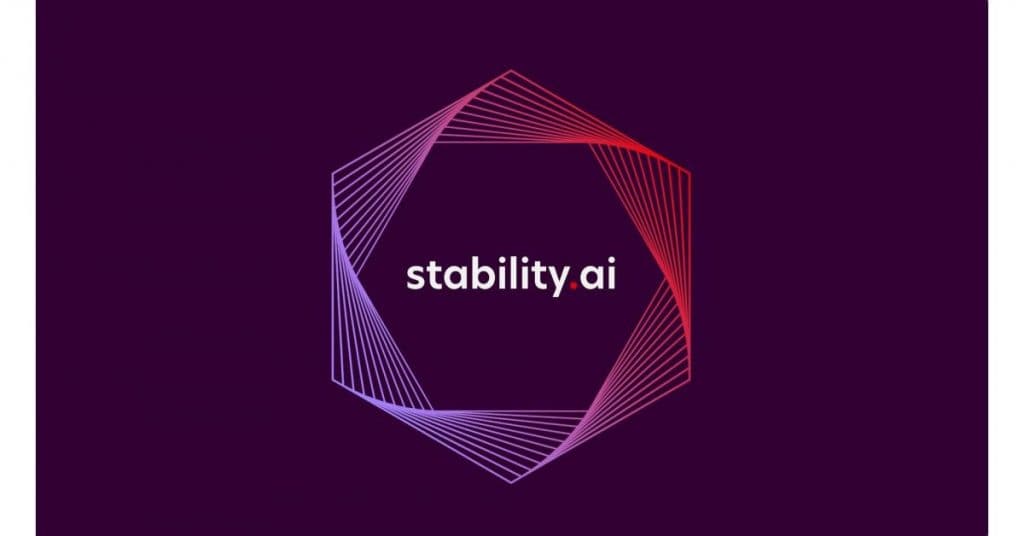FreeWilly has been unveiled by StabilityAI and CarperAI Lab, showcasing advanced reasoning abilities that set it apart in the landscape of AI language models.
The StabilityAI and CarperAI team has debuted two open-source Large Language Models (LLMs) called FreeWilly1 and FreeWilly2. FreeWilly1 and FreeWilly2 These models distinguish themselves in the realm of LLMs by possessing improved reasoning capabilities that promise a significant leap forward in AI interactions.

The generation of data for these models involved compiling 500,000 examples through a simpler process, alongside an additional 100,000 examples derived from a more complex LLM framework. To facilitate valid evaluations, the datasets were carefully reviewed to eliminate instances originating from benchmark evaluation sources. The effectiveness of the synthetically produced dataset is reflected in the high performance of the FreeWilly models, despite their training on a dataset that's merely a fraction of the original Orca research. Microsoft’s research For assessing the performance of these models, the research team utilized AGIEval, among other tools. The results showcase that both FreeWilly models excel in tackling complex challenges in sectors like law and mathematics. They also exhibit advanced reasoning and demonstrate a nuanced grasp of linguistic intricacies. The CarperAI team holds hope for these models to significantly improve our grasp of spoken language and eagerly anticipates their innovative applications in the artificial intelligence arena.
To gain a deeper insight into the capabilities of FreeWilly1 and FreeWilly2, one must explore the topic through the lens of the public domain release of LLaMa-2: A New Era in Public Domain Language Models. LLM model This release represents a significant step towards the ongoing development and application of Large Language Models (LLMs) across a multitude of products. The first iteration, LLaMa-1, was instrumental in pioneering several relevant projects, and with LLaMa-2's launch, the potential for a broader range of applications is greatly enhanced, particularly as it allows for free commercial use.
Nick Clegg, a prominent voice from Meta, has shared insights regarding the decision to make LLMs open-source. He argues that this approach improves the safety of these models, largely because it encourages extensive research and discourse from external researchers. EleutherAI Here are some crucial points from Clegg's remarks:
LLaMa-2 redefines security standards within the open-source model landscape. This claim is fortified by the benchmarks outlined in the referenced article. Reference Article and Project Page provide detailed insights.
Regarding concerns about potential existential threats from AI, Clegg suggested that the ongoing discussions may be somewhat premature relative to the current capabilities of the technology. He emphasized that the prevalent worries are often linked to speculative super-advanced AI models — those with exceptional intelligence, autonomy, and self-replicating features. In sharp contrast, he characterized the open-sourced models from StabilityAI, including LLaMa-2, as fundamentally basic.
LLaMa-2 stands as the premier language model Though he sees value in regulating AI, Clegg stressed that it is not necessary for every AI model to be made available as open-source.
In a recent dialogue with the BBC Meta's dedication to transparency and its contributions to the larger community have been made clear over the past decade. Throughout this time, the organization has disclosed over 1,000 models, libraries, and datasets for public utilization. Noteworthy releases include React, PyTorch, and the more recent advancements.
Meta has introduced the LLaMa-2-Chat models, marking a significant milestone in open-source AI development. With 70 billion parameters, these models rival GPT-3.5 and outperform standard benchmarks. They have been finely tuned through RLHF (Reinforcement Learning from Human Feedback) techniques, offering user-friendly ChatGPT-like functionalities, robust evaluation metrics, and efficient mathematical problem-solving abilities. This model is distinguished as the first of its scale to undergo RLHF fine-tuning, underscoring its importance. Furthermore, LLaMa-2-Chat is completely free for commercial usage, presenting a key advantage by enabling the creation of analogues without necessitating data sharing with OpenAI, thus allowing developers and researchers to fully leverage the model's capabilities while retaining ownership of their data.
- Stability AI secures a funding round of $101 million, achieving a valuation milestone of $1 billion.
- Addressing concerns The creators behind Stable Diffusion have stepped up to support artists in their ongoing protest efforts. Meta Here are 8 essential insights regarding Large Language Models that everyone should be aware of.
- Please bear in mind that the information provided here doesn’t qualify as legal, tax, investment, financial, or any alternative type of advice. It's crucial to only invest what you can comfortably afford to lose and, if any uncertainty arises, to seek financial guidance from independent sources. For further clarification, we recommend reviewing the terms and conditions, as well as the support resources offered by the issuer or promoter. MetaversePost is dedicated to providing accurate and impartial reporting; however, market conditions can shift unexpectedly.
Damir leads the team at Metaverse Post as the product manager and editor, delving into subjects such as AI/ML, AGI, LLMs, the Metaverse, and the increasingly relevant Web3. His articles capture the attention of a significant audience, drawing over a million visitors monthly. Possessing a decade's worth of experience in SEO and digital marketing, Damir has been featured in notable publications including Mashable, Wired, Cointelegraph, The New Yorker, Inside.com, Entrepreneur, and BeInCrypto. As a digital nomad, he travels across the UAE, Turkey, Russia, and the CIS. Damir holds a bachelor's degree in physics, a background he credits for fostering the critical thinking abilities essential for navigating the dynamic online landscape. Segment Anything ‘ model.
- Recently, Jupiter DAO has presented its proposal titled ‘Next Two Years: DAO Resolution’, which emphasizes the pursuit of progressive autonomy and securing substantial funding. Dr. Lin Han, CEO of Cryptocurrencylistings.com, has issued an open letter reflecting on the platform’s growth over the past 12 years and looking ahead to the future of cryptocurrency. ChatGPT Binance has rolled out a new fund accounts exchange solution designed to reduce the entry barriers for fund managers in the industry.
Read more about AI:
Disclaimer
In line with the Trust Project guidelines AlphaFold 3, Med-Gemini, and other pioneers: Unveiling how AI is set to revolutionize healthcare in 2024.







